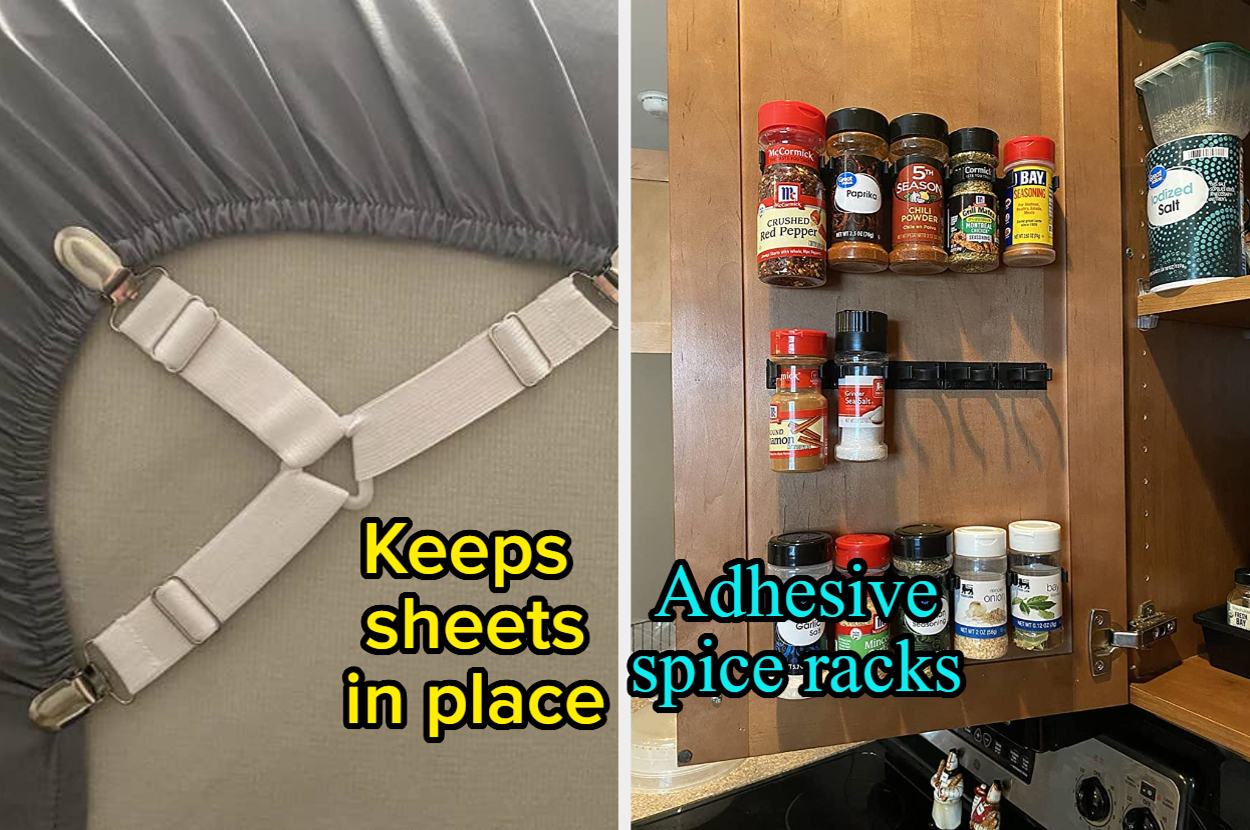from the presiding-in-denial dept
Los Angeles may have a gang problem. But so does its sheriff’s department. What’s already toxic about law enforcement culture has been embraced, cultivated, and amplified by the Los Angeles Sheriff’s Department and its leaders, a steady string of shitty sheriffs willing to give deputies the longest of leashes.
Still, sheriffs pretend there isn’t a problem. The last head of the department, Alex Villanueva, posed as a reformer to win the election but once in office, made sure the gang business was more usual than ever. Villanueva, after promising to clean up the troubled department, went on the attack against the LASD’s many critics, raiding their houses and threatening them with lawsuits for telling the truth.
There’s a new sheriff in town. Robert Luna now heads the department — another candidate presenting himself as a reformer, even though his law enforcement history doesn’t exactly indicate he’s a go-getter willing to remove bad apples from the barrel.
As the new man with the big badge, Sheriff Luna now has to deal with the problems previous sheriffs refused to deal with. Villanueva flatly denied the existence of deputy gangs. But Luna won’t have that luxury, thanks to a recent report [PDF] from the department’s civilian oversight board. (h/t NBC News)
The 70-page report opens with assertions that don’t really lend themselves to denial.
The Department currently contains several active groups that have been, and still are, engaged in harmful, dangerous, and often illegal, behavior. Some of these groups have engaged in acts of violence, threatened acts of violence, placed fellow Deputies at risk of physical harm, engaged in acts celebrating officer involved shootings, and created a climate of physical fear and professional retribution to those who would speak publicly about the misconduct of such groups. Publicly released deputy body camera video illustrates such misconduct directed to a member of the public. For that reason, going back 30 years to the Commission led by Judge James J. Kolts, these groups have been fairly referred to as “Deputy Gangs.”
“Currently contains.” The problem still exists, which is unsurprising because no sheriff — past or present — has made any serious attempt to root out this long-running problem.
That leads directly to the commission’s (sadly, not criminal) indictment of former sheriff Alex Villanueva.
While the prior Sheriff publicly asserted that he had acted to eliminate Deputy Gangs, in fact he facilitated their continued presence by, among other things, appointing known tattooed members of Deputy Gangs and Deputy Cliques to leadership positions in the Department, permitting the revival of emblems signifying membership in such groups and repeatedly relying upon an erroneous statement of law to avoid promulgating and enforcing a policy prohibiting Deputy Gangs and Deputy Cliques in the Department.
This concludes with another shot directly across the departing sheriff’s bow:
The claim that Deputy Gangs no longer exist in the Department is flatly and inarguably false.
The commission isn’t just speculating about the existence of deputy gangs. The report is supported by eighty witness statements, dozens of depositions, and other Los Angeles government agencies, including the county Inspector General, which found its office denied access to LASD employees and records by Sheriff Villanueva.
What the oversight commission didn’t have access to was Sheriff Villanueva himself. Villanueva and his second-in-command (Timothy Murakami) repeatedly refused to be interviewed or deposed by commission’s investigators.
Evidence of deputy gangs dates back a half-century. An internal memo created in 1973 documents the existence of an LASD gang known as the “Little Devils” that had 38 members. Over the next half-century, more evidence came to light, exposing additional gangs and the abusive behavior of their members, who frequently violated the rights of the citizens they were supposed to be serving.
The Little Devils started it. Many others followed. The gangs identified by documents, depositions, and testimony include the Vikings, Banditos (whose members severely beat other deputies who weren’t gang members), the Mexican Mafia, the Regulators, and the Jump Out Boys. Internal and external investigations showed these gangs often refused to respect the chain of command and used their leverage to secure various benefits (time off, desk jobs, cushy patrol options) for themselves and their members.
The previous two sheriffs’ unwillingness to do anything about deputy gangs extended to their promotion process, which resulted in the elevation of gang members to second-in-command positions.
Deputy Gangs and Deputy Cliques are embedded in the culture of the Department, either tolerated or ignored. Indeed, during the tenure of Sheriff Baca, the Undersheriff, Paul Tanaka, was a tattooed member of the Vikings. According to numerous witness interviews, former Sheriff Villanueva’s Undersheriff, Tim Murakami, has a Caveman tattoo.
What passes as deterrence is actually just a revolving door for gang members.
There are at least a half dozen, and possibly more, Deputy Gangs and Deputy Cliques currently in the Department, primarily at patrol stations. They include the Executioners, the Banditos, the Regulators, the Spartans, the Gladiators, the Cowboys and the Reapers. There are reports that new Deputy Cliques are forming as members of existing Deputy Gangs and Deputy Cliques retire or otherwise leave the Department. There is some evidence indicating that Deputy Cliques are re-emerging in the Los Angeles County jails as the 4000 Boys.
Merely transferring members of Deputy Gangs or Deputy Cliques has not proved particularly effective. After the CCJV’s 2012 findings confirmed the existence of the 2000 and 3000 Boys on the second and third floor of MCJ [men’s central jail], many of these deputies were transferred out of the jail to patrol. Many of the 3000 Boys sought assignments to Compton Station and became Executioners; many 2000 Boys sought assignment to Century Station and became Spartans.
The LASD is being destroyed by its gangs. The inmates are running the asylum, encouraged by the lack of pushback from department officials — some of whom obviously recognize the threat gangs pose to them and their careers. The LASD is stocked full of criminals, all of them wearing badges.
Deputy Cliques run the stations or units where they exist, as opposed to the sergeants, lieutenants and the captain who are charged with the duty to run the station; exercise influence over and often decide assignments and shifts, training, and overtime; exclude deputies from the Deputy Cliques, often based on race, ethnicity or gender; intimidate deputies that are not part of the Deputy Cliques; give orders not to provide backup to disfavored deputies who are not members of the Deputy Cliques; order work slowdowns if management of a station attempts to rein them in; encourage a “we-they” attitude, not just between them and the public, but with other deputies within the station; operate in secrecy; lie in reports to protect each other; and threaten the public with use of excessive force without justification and belittle deputies unwilling to engage in such acts.
Most troubling, they create rituals that valorize violence, such as recording all deputy involved shootings in an official book, celebrating with “shooting parties,” and authorizing deputies who have shot a community member to add embellishments to their common gang tattoos.
[…]
Deputy Gangs and Deputy Cliques also have used and continue to use assaultive behavior against fellow deputies who do not belong to their groups as a show of power and influence.
Contributing to the problem? The department’s union and county prosecutors, neither of which have made any effort to deter gangs or prosecute deputies for violating rights and/or assaulting non-gang members. The county’s lawyers have pitched in as well, defending deputies in court even when the violations or criminal acts occurred when these officers were off duty.
The commission makes several recommendations, all of which are likely to be ignored. Gang membership should be a policy violation with termination attached. The new sheriff should make gang elimination a priority, something his predecessors never did. And expansion of supervisory positions should be implemented to provide more resistance against gang control of patrol stations and jails. The commission also suggests massive restructuring of command personnel to eliminate support of gangs and cliques. It also suggests a reshuffling of personnel to separate deputies from other member of their gangs.
Will any of this work? Who knows? It literally has never been tried. Someone with a very strong will is needed and the current sheriff doesn’t appear to be that person. Whatever comes of this, the department can no longer pretend it doesn’t have a gang problem. It’s all there in black and white. What it chooses to do about this will show the county’s residents whether or not the department is worthy of any trust at all. So far, it has yet to demonstrate it is.
Filed Under: alex villanueva, gangs, lasd, police gangs, robert luna
Source link










Leave a Reply